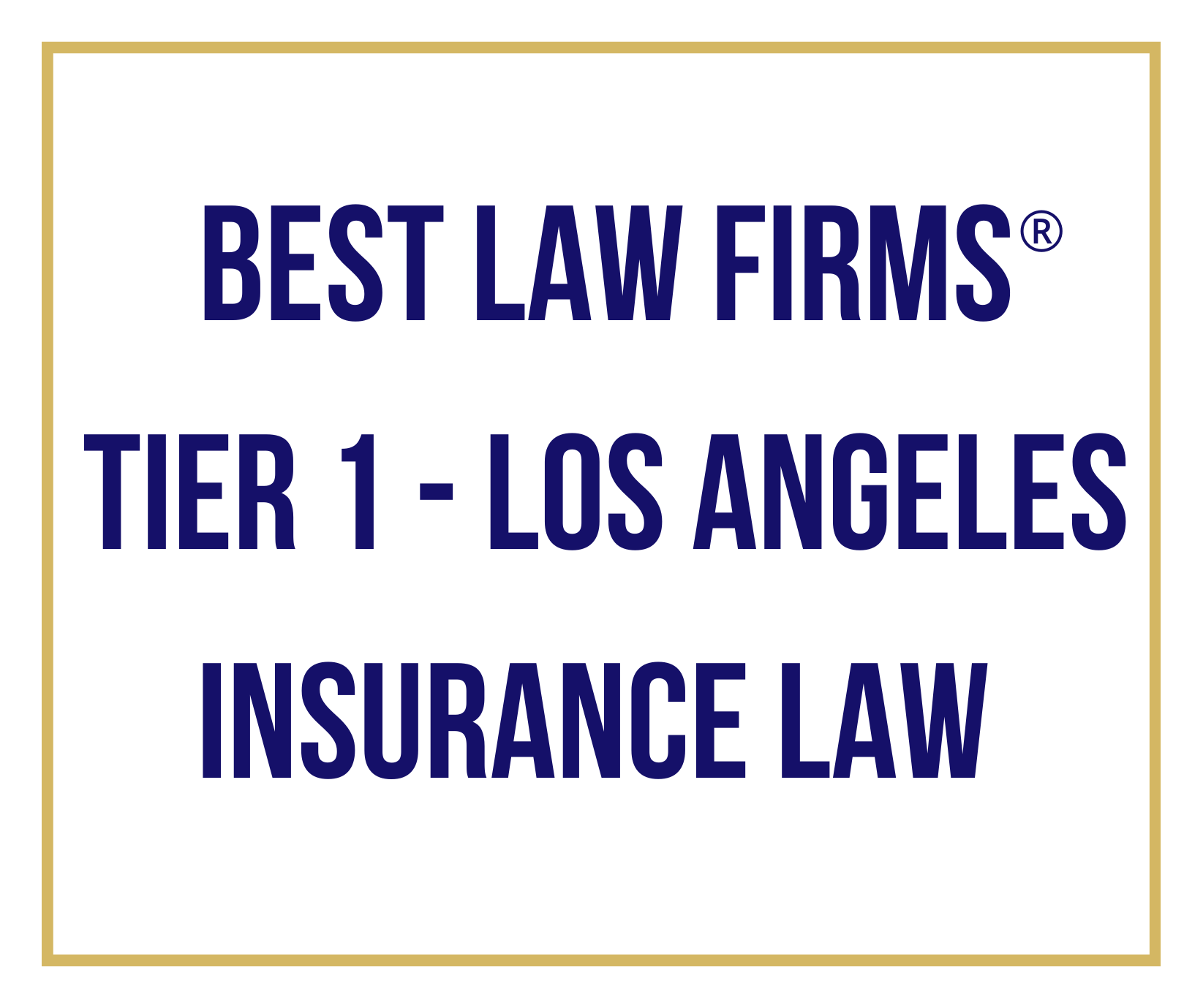So You Think You Know the Law…(Answers to the Spring Edition 2011 of Gray Matters)
March 2011
Spring 2011
1. If a driver is in an automobile accident while holding his cell phone, the driver may be presumed to be at fault and the burden shifts to the defendant driver to prove that he was not negligent rather than the plaintiff having to prove the defendant was negligent.
True: California Vehicle Code Section 23123(a) states: “A person shall not drive a motor vehicle while using a wireless telephone unless the telephone is specifically designed and configured to allow hands-free listening and talking, and is used in that manner while driving.” So it is a violation of the law to be using your cell phone while holding it to your ear while driving. California Evidence Code Section 669 essentially states that the defendant’s failure to exercise due care is presumed if: (1) The defendant violated a law; (2) The violation proximately caused injury; (3) The resulting injury was the kind of injury the law was designed to prevent; and (4) The person injured was in the class of persons the law was designed to protect. (See the statute for exceptions to this rule). Accordingly, under the application of the facts presented, it is likely that the defendant would have the burden to prove the he was not negligent, instead of the usual situation where the injured person must present evidence that defendant was negligent. (Please note that as of the date of publication no appellate court has ruled on this issue).
2. If you are driving down the road and, in order to avoid a runaway truck, you drive your vehicle into a store front, you can be held liable for the damages to the store owner.
False: Under these circumstances it is likely that the “Imminent Peril Doctrine” would apply and you would not be liable to the store owner. “A person who without negligence on his own part, is suddenly and unexpectedly confronted with peril, arising from either the actual presence, or the appearance, of imminent danger to himself or others, is not expected or required to use the same judgment and prudence that is required of him in the exercise of ordinary care in calmer and more deliberate moments.” Leo v. Dunham (1953) 41 Cal.2d 712; CACI Jury Instruction 452.
3. A passenger injured in a car because of the negligence of the driver can be held comparatively liable for his own injuries.
True. Such circumstances might be rare, but they do occur. One court described the doctrine as follows:
4. If your contractual employee (think police officer or professional athlete) is injured in a car accident as the result of a third party’s negligence, you can sue the third party for the benefits you continue to pay your contractual employee while he is unable to work.
True: Not only can you recover the salary and other benefits paid to the contractual employee while he was unable to work, you are also entitled to costs and attorney’s fees. Labor Code Section 3856 governs the allocation between the employee and the employer of a judgment obtained against a negligent third party. That statute provides that whether the third party is sued by the employer alone, the employee alone, or both the employer and employee, any resulting judgment shall be used first to pay the reasonable litigation expenses incurred in preparation and prosecution of the action, together with a reasonable attorney’s fee. Next, the judgment shall be used to reimburse the employer for the amount of compensation paid to the employee. Any remaining portion of the judgment goes to the injured employee. Phelps v. Stostad (1997) 16 Cal.4th 23, 65. This doctrine would also apply where the employer was self-insured.
5. You can sue the fire department where the death of a loved one resulted from the firefighter’s allegedly negligent operation of a fire truck while attempting to fight a fire.
False: California Government Code Section 850.4 states: “Neither a public entity, nor a public employee acting in the scope of his employment, is liable for any injury resulting from the condition of fire protection or firefighting equipment or facilities… For any injury cased in fighting fires.” There is an exception at Vehicle Code Section 17001 which states that a public entity can be found negligent when operating a motor vehicle in the course and scope of his employment. However, the Fourth Appellate District recently ruled that this exception applies if the firefighter is on the way to the fire rather than in the act of fighting the fire. Varshock v. California Department of Forestry and Fire Protection, 2011 DJDAR 5572, 5577.
Please Note: This article is necessarily general in nature and is not a substitute for legal advice with respect to any particular case. Readers should consult with an attorney before taking any action affecting their interests.


